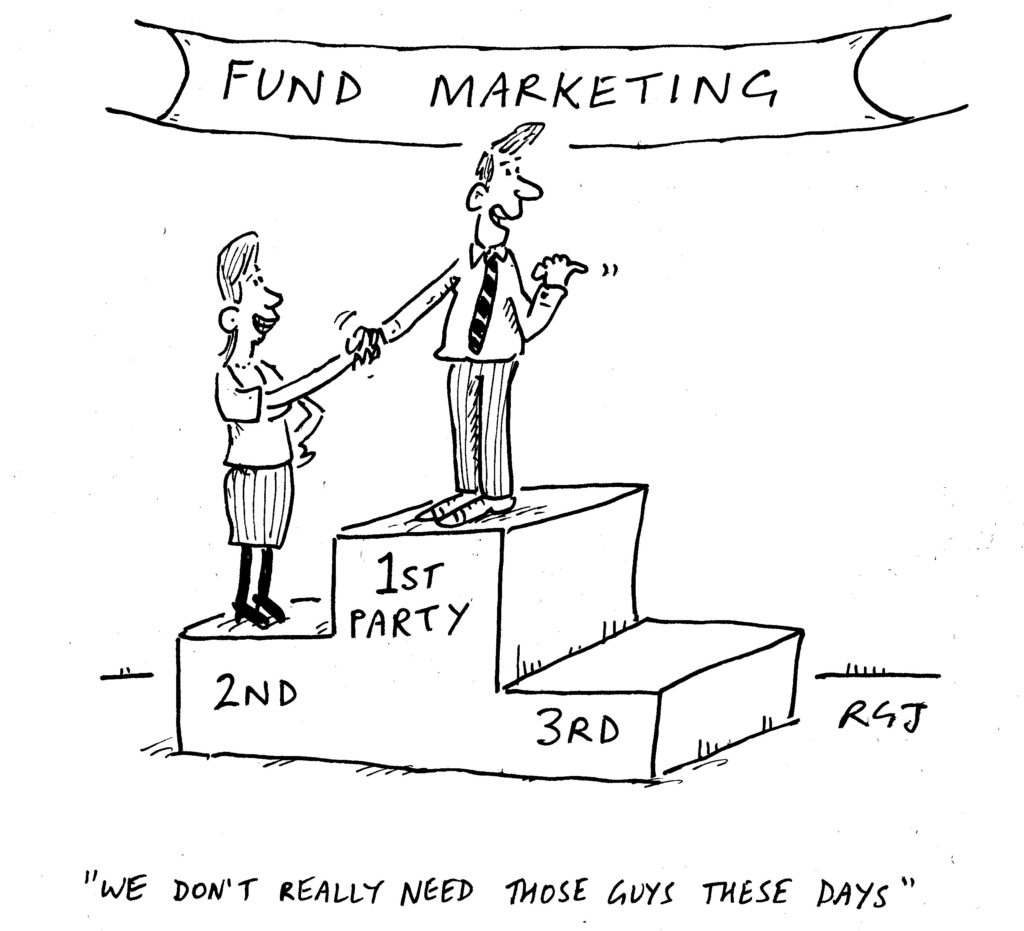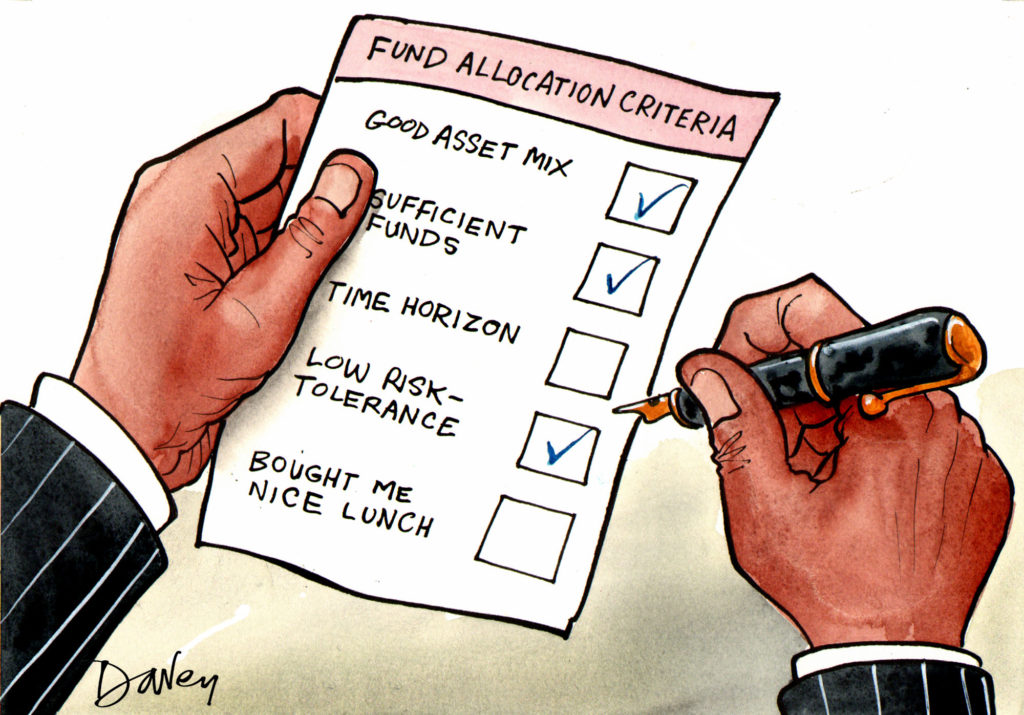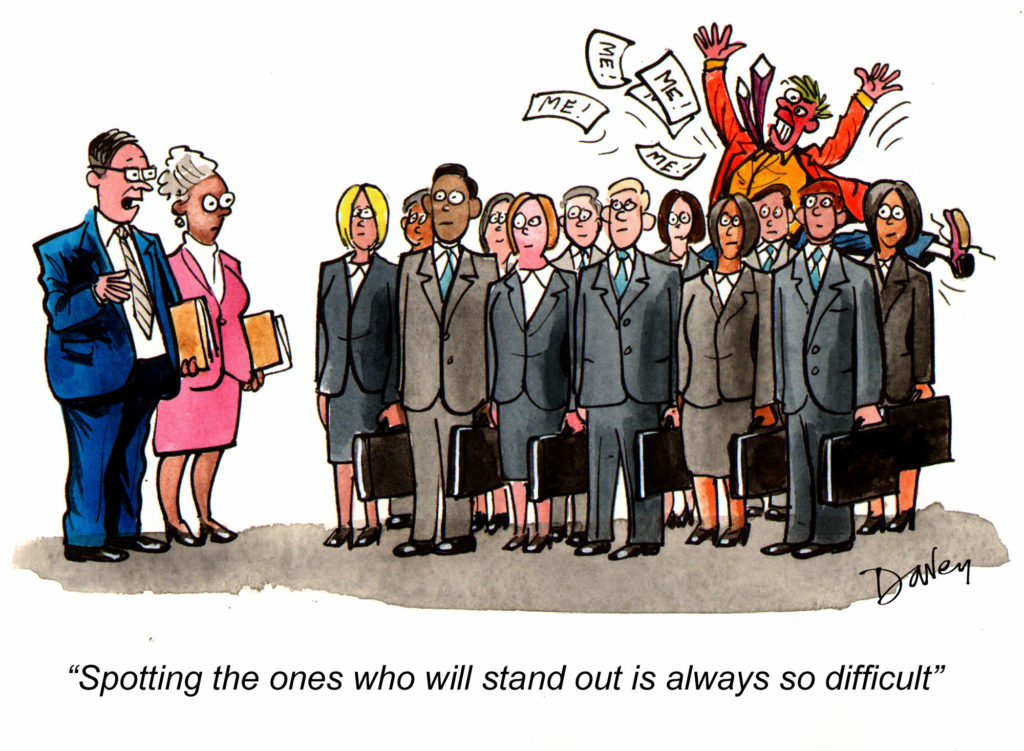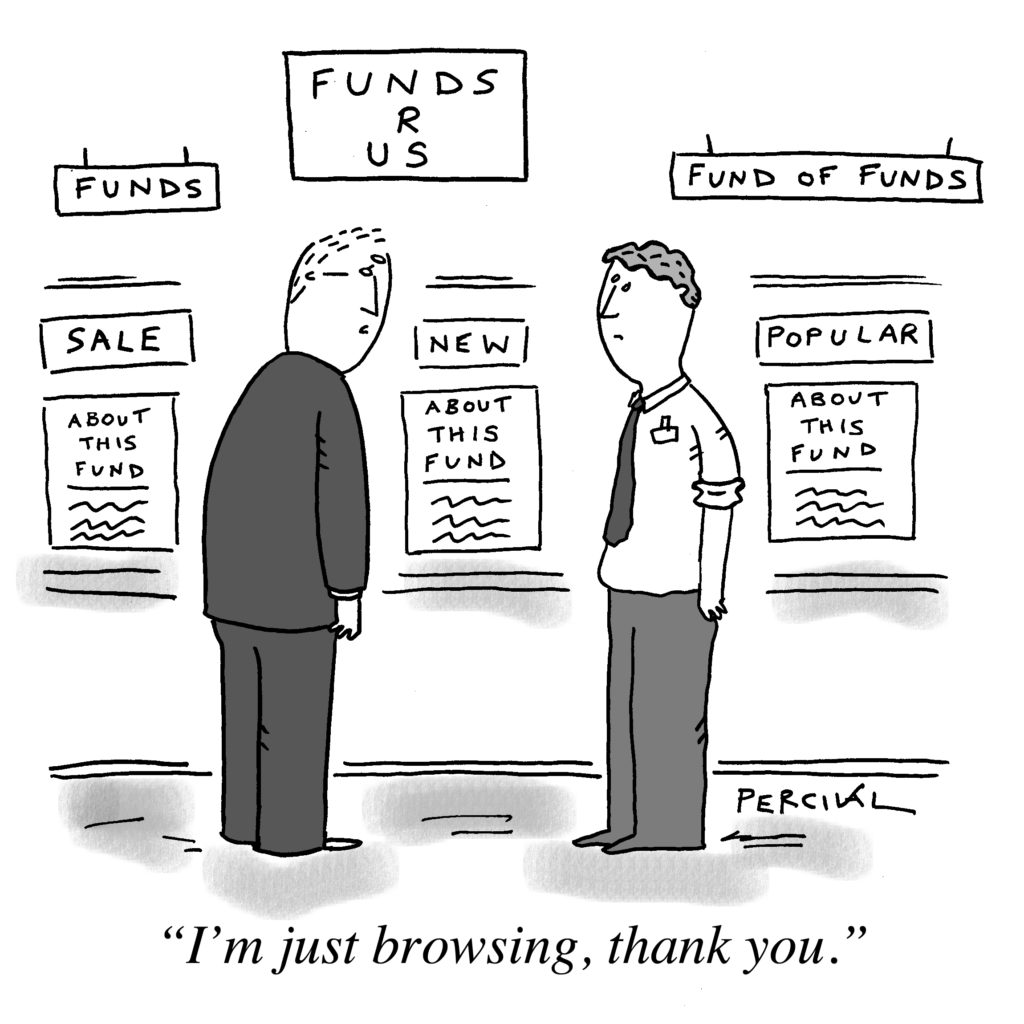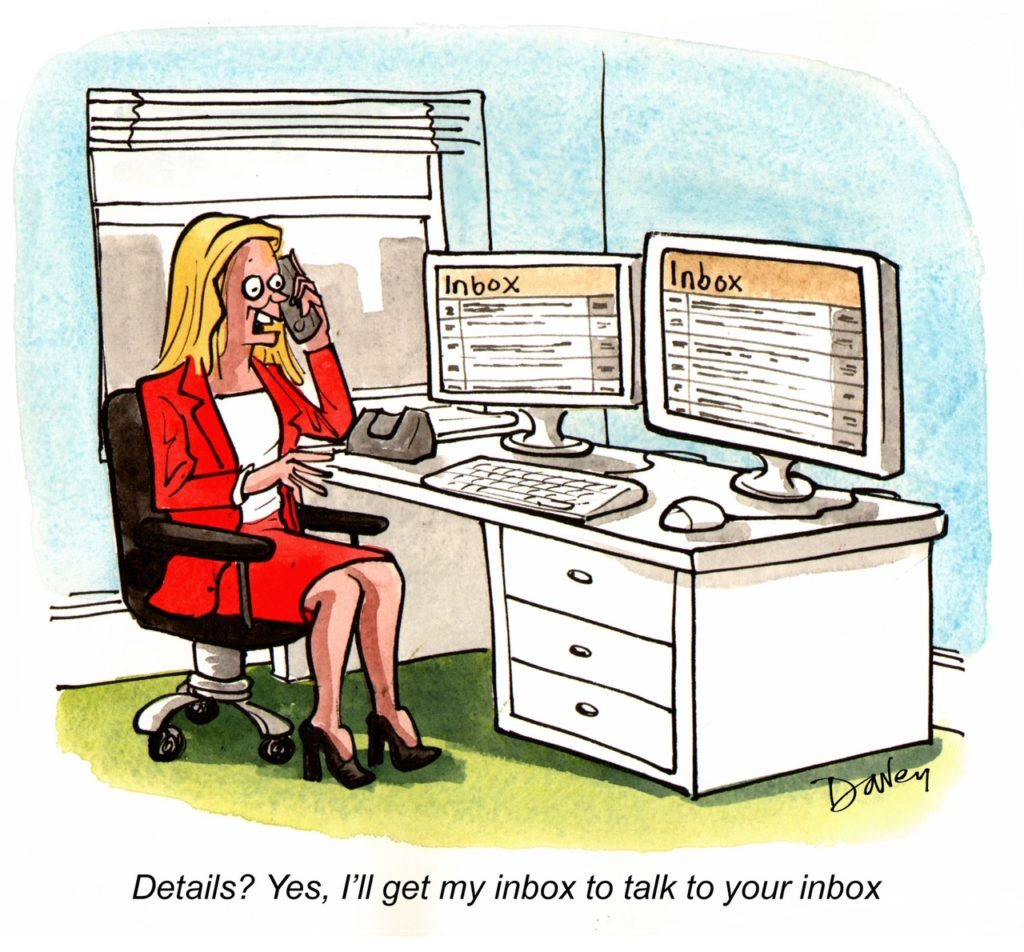t the turn of the century, the hedge fund industry had only a couple hundred funds and a limited investor base of maybe 200-300. Third party marketing (3PM) was an effective way for a manager to promote their fund. It was also a good time for the marketer because they typically knew the investors well, understood what the investors would buy, and business was pretty decent all around. Then, after the tech bubble, a lot of investors were disappointed with the equity markets and started to look at other investment vehicles in order to make returns. Hedge Funds, Private Equity, Structured Products and the like become very popular. At that time, it was a seller’s market. Many established funds could decide who came in and on what terms. […]
Read More… from How the 3rd Party Marketing Model has Broken Down
